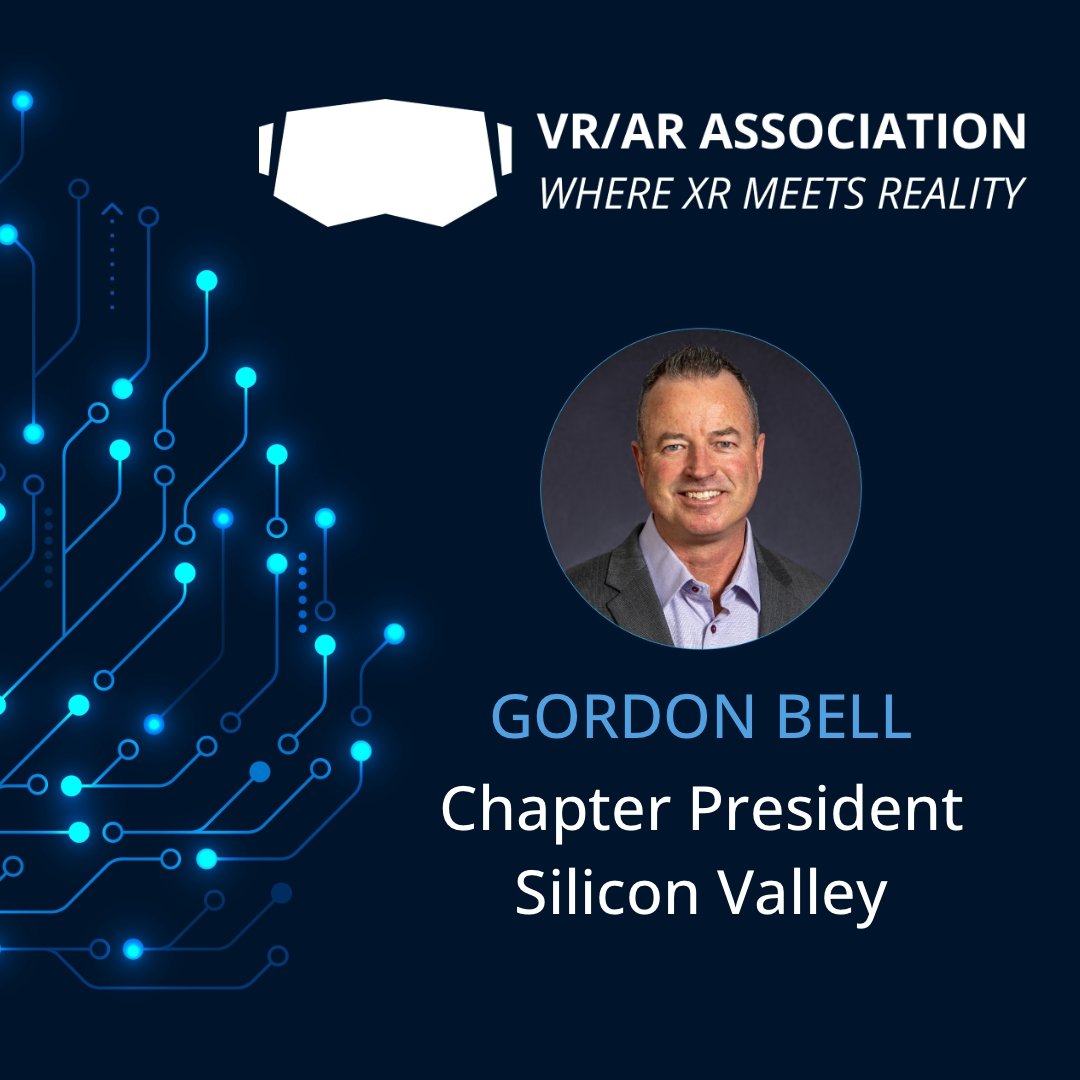Join our annual Education Summit: Best in EdTech, XR, AI !
The global XR/metaverse education market is expected to grow 10x (a growth rate of 46%) and reach a value of $25B by the end of a decade, according to data by AltIndex.com.
Nearly 1/3 of that value will come from the United States. The U.S. market is expected to reach a value of $8.3B in 2030, up from roughly $1B in 2024. The total value of metaverse classrooms in China will skyrocket by 960% and hit $3B in the next six years. Japan and Germany follow with a massive 900% growth and $1.2B and $1B market values, respectively.
Seven out of 10 teachers want more VR and AR in education, especially when it reinforces the curriculum and student interest, according to a recent study by Statista. This type of technology creates opportunities for experiential learning, which:
Helps students make deeper connections with learning.
Gives students hands-on experiences with things they may never otherwise encounter.
Goes beyond rote memorization and into immersive learning.
Customizes experiences to students’ interests, abilities, and learning styles.
There are a lot of opportunities for the metaverse in education, specifically. For example, it can provide personalized education at all levels: grade, middle, and high school, of course, but also in college and trade schools. It can give institutions the ability to provide education to people who can’t access it locally, while also providing a more immersive experience.
Academic studies have found metaverse education can improve learning outcomes, heightening student engagement and attention span, while also driving motivation and knowledge retention.
Rabindra Ratan, Associate Professor at Michigan State University in a 2023 interview on The Peggy Smedley Show, said “When I’m sitting in a regular classroom, I lose 80% of the back row students, about 40% of the way through the class, they just multitask, they get tired, they get bored, they jump on their computer, check their email, go on to play a game of chess, or whatever. And their attention span diminishes. I don’t mind if they fidget and multitask, but if it’s taking them away from the thought process involved in the class, that’s bad. But in my VR class, I tell them, okay, fidget, do some 3D drawing.”
The bottomline is this method of education still has room to blossom with the right educators and technology infusion. And I see considerable growth in the coming year. Before 2024 ends, already it is projected that more than 28M people will be educated in metaverse classrooms, roughly five million more than two years ago. But again, there are still a lot of factors at play for it to go up, sideways, or even spiral without the right mix of inspired educators, institutions, innovators, and technology.
By making learning immersive and experiential, XR technology can help create a better understanding of complex topics. XR facilitates a new, exciting kind of experiential learning, and experiential learning has been proven to work.
A rigorous meta-analysis of experiential learning outcomes across 89 studies showed overwhelmingly positive and robust results for students. Experiential learning outcomes are nearly 50% better than traditional learning outcomes. Through experiential learning, students increase cognitive and social skills, meaning they retain information better, improve problem-solving and develop a deeper understanding of social issues.
By helping students experience feelings of wonder and delight as they view the world in a new way, XR can serve as a highly effective experiential learning tool.
Learn more at our annual Education Summit: Best in EdTech, XR, AI !






















